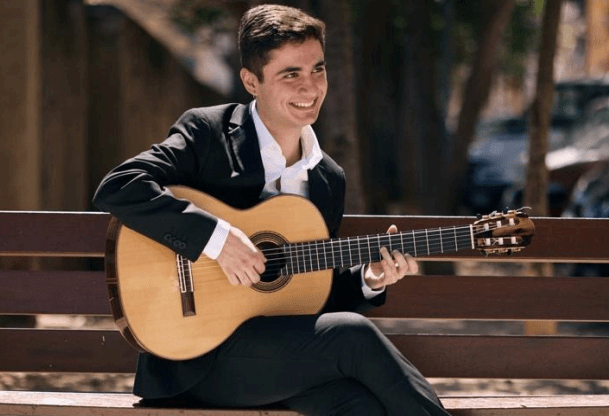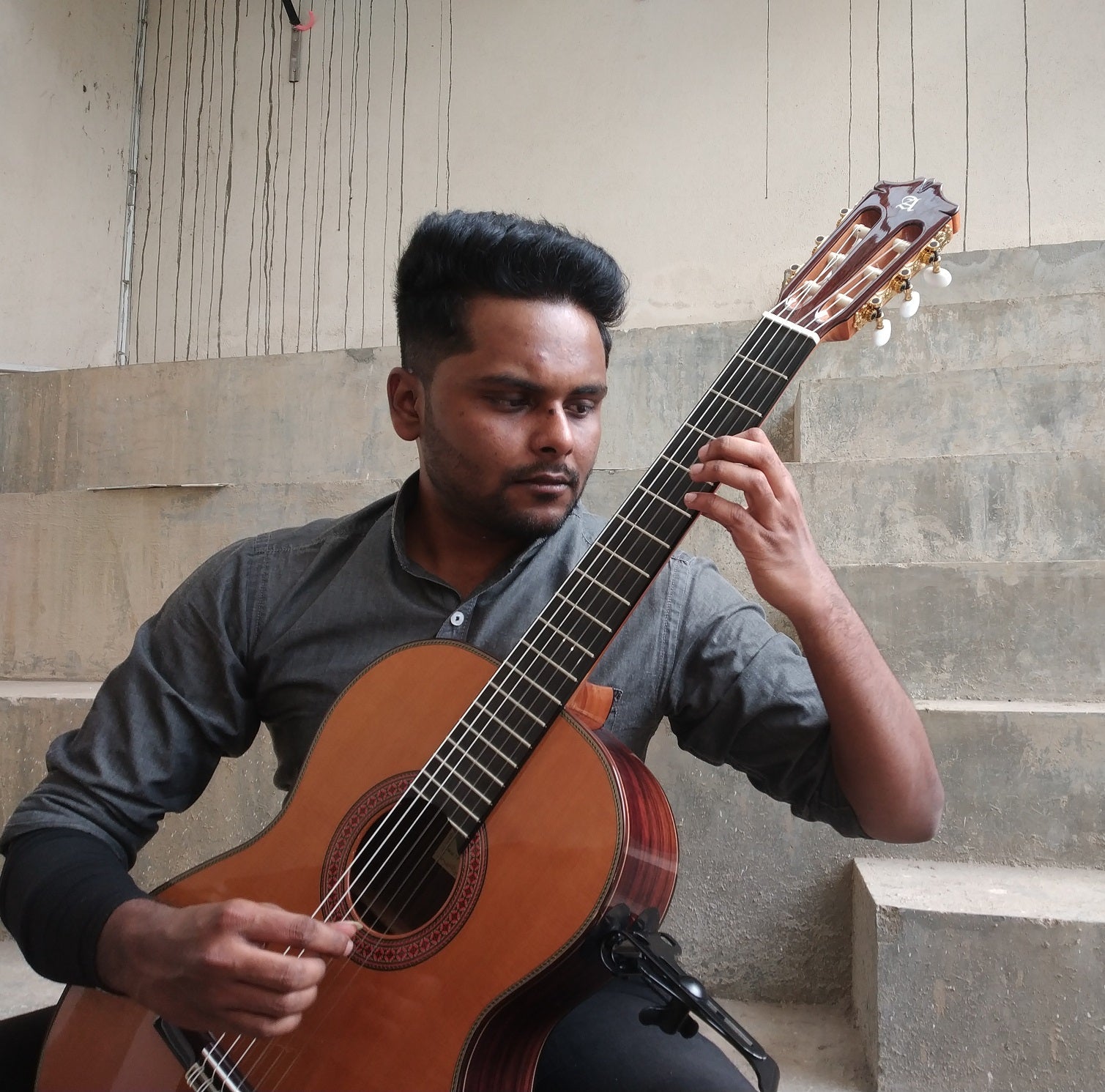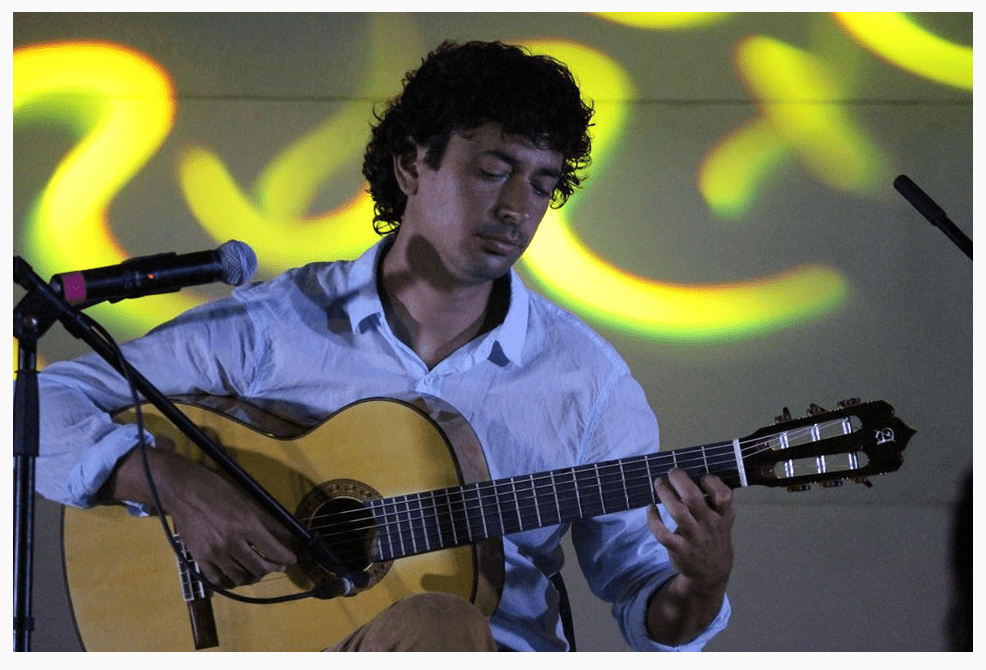
Parts of the Classical and Flamenco Guitar: Complete Guide with Illustrations
Have you ever wondered how a Spanish guitar is built? Whether you're just learning to play or a passionate guitarist, knowing the parts of a classical and flamenco guitar is essential to understanding its sound, maintenance, and evolution.
In this article from Alhambra Guitars , we explain each component of the guitar, its functions, and the differences between a classical and flamenco guitar. We also show everything with clear illustrations so you can easily identify each part.

Main Parts of the Classical and Flamenco Guitar
Headstock or Tuning Peg : The top of the neck where the tuning pegs are located. Its function is to adjust the tension of the strings to tune the guitar. On flamenco guitars, the headstock is tilted more to generate greater tension on the strings.

Nut: A small piece that guides the strings toward the neck. It affects string action and, therefore, playing comfort.
Neck: This is the long part where the fretboard is located. This is where you place your fingers to form chords. On flamenco guitars, the neck is usually slightly thinner to facilitate fast strumming.
Frets: Small metal bars placed on the fretboard that divide the musical notes. A Spanish guitar typically has between 18 and 20 frets.

Fingerboard: The surface where the frets are placed. Commonly made of ebony or rosewood.
Body: This is the sound box and one of the most important parts for sound. It is divided into:
Soundboard : The front part where the soundhole or rosette is located. In classical guitars, it is usually made of cedar or spruce.
Back and sides : The sides and back of the body. On flamenco guitars, the back and sides are usually made of cypress, giving it a brighter, more percussive sound.
Soundhole or rosette: A circular opening in the soundboard. It is surrounded by a decoration known as a "rosette" or "marquetry," one of the most artistic and distinctive elements of each guitar. Alhambra guitars are made of 100% wood.
Bridge: The piece where the strings are held to the soundboard. It transfers vibrations to the body of the instrument.

Pickguard (only on flamenco guitars): Transparent or plastic plate located on the soundboard to protect it from foot tapping or finger taps.










